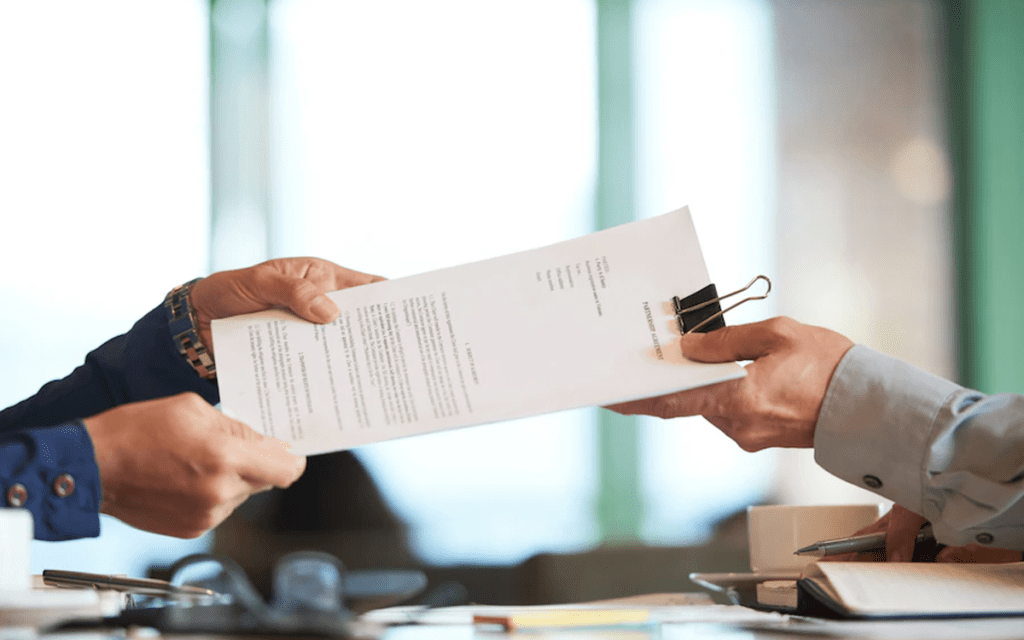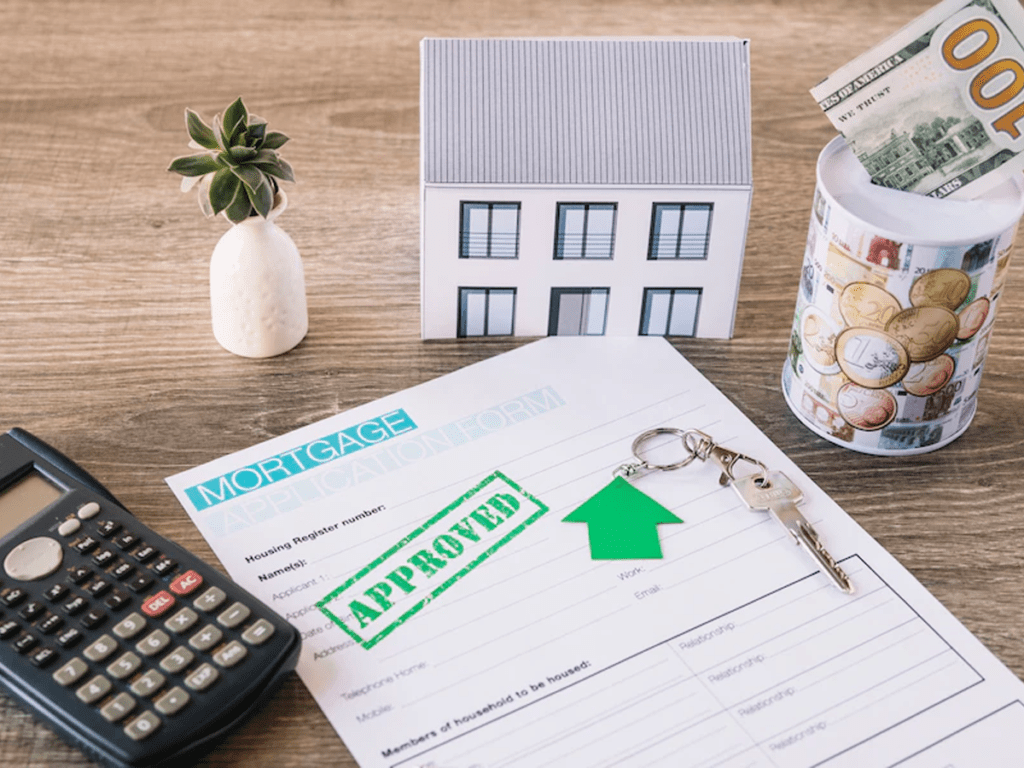Construction Equipment Leasing
- Home
- Oikoshreem Realtors pvt ltd
- Construction Equipment Leasing




What is Equipment Leasing?
When the lease time is up, the equipment is not yours to keep with an equipment lease. When leasing equipment, you pay interest and fees, which are typically included in the monthly payment, much as when taking out a company loan. There can be additional costs for upkeep, insurance, and repairs.
In the long run, equipment leasing can be significantly more expensive than outright purchases, but for cash-strapped small business owners, it’s a quick way to get the equipment they need.
We, as an industrial group deal in Construction Equipment Leasing.
How does An Equipment Lease Work?
You can use the equipment for as long as the lease is in effect. Although some leases can be broken, and these circumstances should be included in the contract, many leases cannot be terminated. You can frequently buy the equipment at the current market price or less after the lease expires, depending on the vendor.
The cost to lease the equipment varies depending on the leasing firm. The rates you are charged are also influenced by your business’s credit score. The cost of leasing equipment will increase as your creditworthiness increases. Online equipment leasing approval can happen quickly. To identify the best financing solution for your company, do your research as leasing companies frequently focus on particular industries. Depending on the type of equipment, the lengths of a lease are commonly three, seven, or ten years.
Because equipment leasing is not a loan, it won’t appear on your credit report and won’t affect your capacity to borrow money. If you use the equipment for your business, the IRS frequently allows you to write off your equipment leasing payments.


Benefits of Equipment Leasing
Small firms with limited resources can profit greatly from leasing equipment. Here are some benefits of leasing your equipment, even if not all equipment leases are the same and there are numerous ways to finance a lease:


Start-up costs are reasonable
Numerous lessors don't demand a sizable down payment.


You can upgrade your tools
Leasing is an excellent choice if you frequently need to upgrade equipment because you won't be forced to employ dated equipment.


Scaling is simpler
You don't have to sell your current equipment and go shopping for replacements if you need to update to more modern equipment to handle a bigger work volume.


It might provide tax breaks
Tax credits are frequently available for equipment leases. Depending on the lease, you might be eligible to use Section 179 qualified financing deductions to write off your payments as a business cost.


2 equipment Lease Types: Operating and Finance
What is an Operating Lease?


Equipment covered by an operating lease cannot be classified as capital, unlike equipment acquired outright or secured by a regular loan. It is classified as a rental expense. This offers two distinct financial benefits:
Although dealer rates might differ greatly, in general the operational lease's average annual percentage rate (APR) is 5% or less. Contracts typically run 12 to 36 months. Because leasing is so common, the Financial Accounting Standards Board's accounting rules from 2016 mandate that businesses disclose their lease obligations in order to prevent giving the wrong impression of their financial health. In reality, all equipment leases other than those with the shortest terms must now be disclosed on balance statements. Under an operational lease, leased property is exempt from asset reporting requirements, but it still carries a lot of responsibility.


What is a Finance Lease or Capital Lease?
This arrangement, which is frequently employed by big businesses like major retailers and airlines, has a special benefit because it enables the company to deduct both the interest expenditure related to the lease as well as the depreciation tax credit on the equipment. In addition, at the conclusion of a financing lease, the business may decide to buy the equipment.
The APR for a finance lease is higher—often double that of an operating lease—in light of the financial advantage this offers. Currently, standard interest rates range from 6% to 9%, with typical contracts lasting 24 to 72 months.




